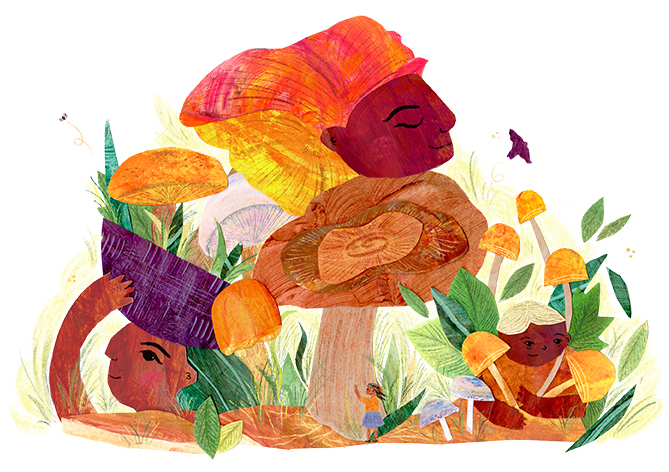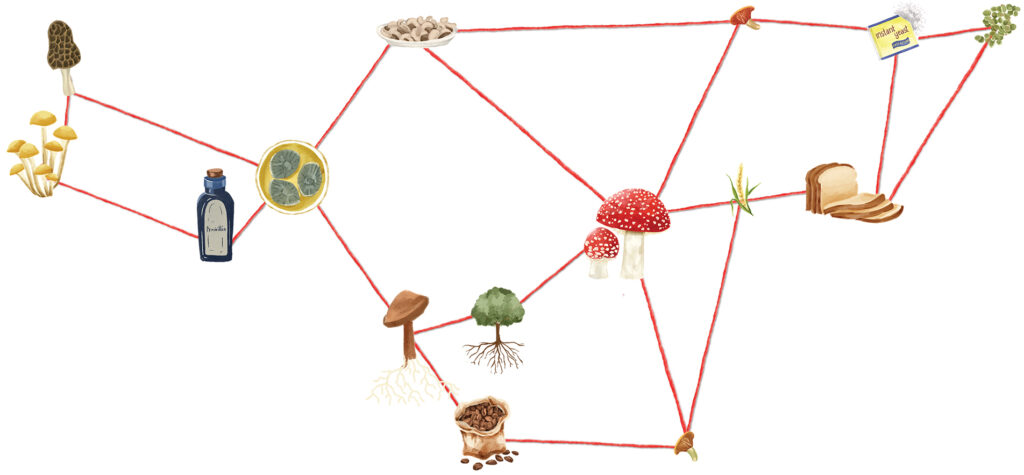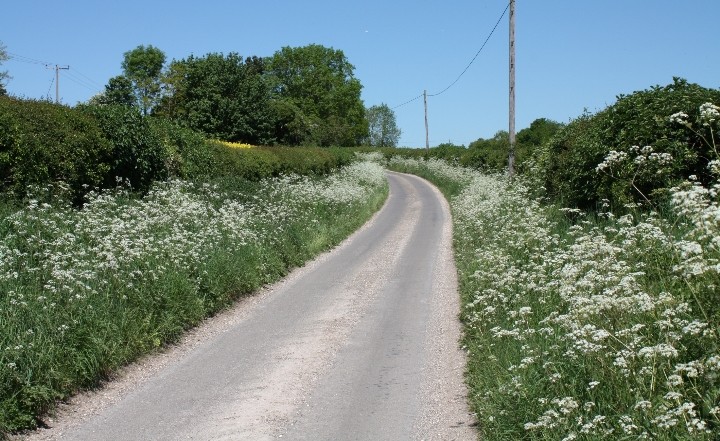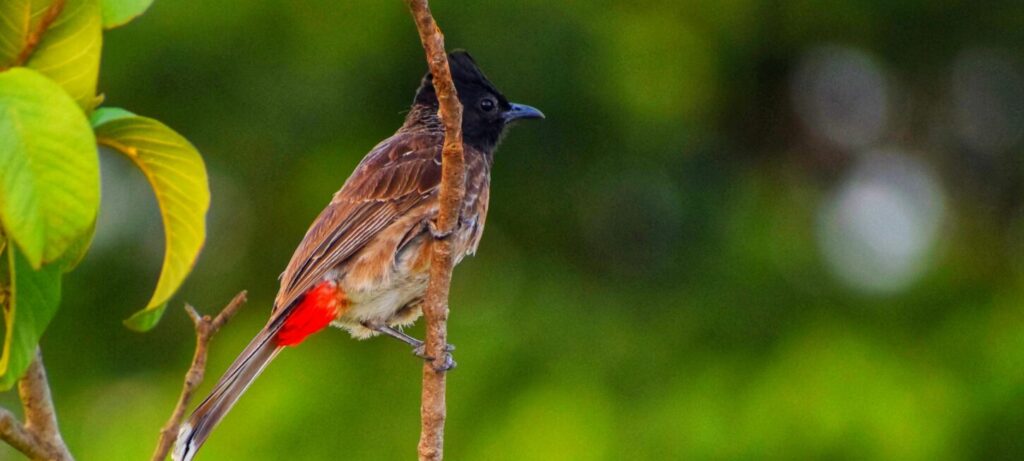TRAVELLING ACROSS TWO COUNTRIES WITH VERY DIFFERENT CULTURES RESULTS IN VERY DIFFERENT WILDLIFE EXPERIENCES. NOT SO STRANGE? BUT WHY SHOULD THE EXTENT OF WILDLIFE NOT REFLECT THE POPULATION OR THE SPACE AVAILABLE? GEOFFREY HILL COMPARES THE SOUTHERN US AND SOUTH INDIA IN A HUMOROUS VEIN AND ASKS: WHY DID THE MORE CROWDED COUNTRY HOLD MORE WILDLIFE?
I recently had a chance to visit southern India and tour some of the forest reserves and parks that are scattered across this large region. Since I am from the southern portion of another continent (I live in Alabama in the southeastern United States), I was anxious to compare the wildlife of the two regions. From my first days in India, I was struck by two obvious – and somewhat paradoxical – differences: India was vastly more crowded than the southeastern US, but it had far more large species of animals. Why did the more crowded country hold more wildlife?
The American southeast was not always depauperate in large animals. In 1773, when William Bartram began his famous four-year trek across what were then the Southern Colonies, he explored a region with a magnificent and varied fauna. Over the preceding centuries, the indigenous human populations had been drastically reduced by disease, and across an unpopulated landscape roamed a megafauna that included black bear, red wolves, mountain lion, woodland bison, eastern elk, and white-tailed deer. Wetlands played host to huge flocks of whooping cranes and trumpeter swans in the winter, and during migration, the skies were filled with millions of passenger pigeons. Observers of that era routinely commented how rich this land was in wildlife.
During the same period, British colonists pushed into a landscape in southern India that was much more densely populated than anywhere in North America. Indeed, in the late eighteenth century, most parts of southern India were more densely populated than England. Unlike North America, southern India was not a remote wilderness and yet it held an animal fauna that was every bit as diverse and fantastic as that of the American southeast. The forests teemed with tigers, Asian elephants, leopards, sloth bear, gaur, sambar, and spotted deer.
What transpired over the next century is a lesson in humanity’s capacity for consumption. The natural resources of the southeastern US were extracted and the wildlife slaughtered at a pace unprecedented in the history of the planet. All of the largest mammalsbison, bear, lions, wolves, and elkwere driven to extinction within the region. White-tailed deer hung on only in small numbers in a few areas. Whooping cranes and trumpeter swans were shot out and very nearly went extinct. Passenger pigeons were reduced from the most numerous birds in the world to a memory. When the century of carnage ended, the fields and forests stood emptied of large animals.
A similar story did not play out in southern India. The British brought new forms of agriculture and in particular, cleared large areas of forest for tea plantations, but the fauna was not exterminated. All of the largest species of animals-elephants, tigers, bear, gaur, and deer-persisted in the south in stable populations. The largest and most conspicuous birds-hornbills, pelicans, storks-all survived in good numbers. Wildlife co-existed with a large human population in India before the nineteenth century, and this wildlife resource was relatively little changed at the end of the nineteenth century.
Why was the history of human interaction with wildlife so different in southern India and the southeastern US? Differences in culture certainly must be considered in any attempt to explain the different treatment of wildlife. The diverse cultures of southern India all taught respect for animals. It is not surprising that a people who tolerate cattle roaming the streets of the largest cities also are not inclined to exterminate populations of wild animals. The people of European descent in North America came from dozens of distinct cultures, and in the melting pot of the New World, in contrast to the ancient cultures of southern India, there was no tradition to provide a model for respect of the natural world. Among this mix of people in this new land, a new culture emerged: the way of the gun.

There was no more important factor in the decimation of American wildlife than widespread, nearly universal, access to fire arms. Before the mass production of the repeating rifle in the nineteenth century, humans had few means by which to rapidly kill large animals. The repeating rifle, however, is a weapon of wildlife mass destruction, giving anyone the power to kill even the most massive animals in large numbers. In America, nearly every adult male living in the rural south carried a rifle, and these tens of thousands of shooters took out nearly every large animal. In India, owning a gun was uncommon and shooting was largely left to the British and the nobility. These few wielders of guns in India did an amazing amount of damage to Indian wildlife, but without an entire population armed, animals withstood the onslaught. Not a single species of vertebrate was shot out of southern India.
I think there are at least two lessons to be learned from the differences in how wildlife was treated in India versus America in the nineteenth century. First, we should never underestimate the speed and thoroughness with which people can eradicate populations of wildlife. With modern weaponry, it doesn’t take long for entire populations of large animals to be exterminated. Second, now that there is a cheap and accessible technology that allows a few humans to decimate entire populations of large animals, the only hope for the survival of large animals is a collective effort to keep them alive. If we don’t, as a society, set aside wild lands for animals and stop people from coming into those areas and killing the animals, then there will be no large animals.
Somewhere in the early decades of the twentieth century, we entered a new age with a new wildlife dynamic in southern North America and southern India. In America, people realised and began to regret the devastation that was wrought from unregulated shooting. A new conservation ethic emerged, pushed as forcefully by hunters, who wanted sustainable populations of animals to hunt, as by any group. Not only was the unregulated shooting of large animals halted completely, but large amounts of money were invested to recover populations of remaining wildlife species. As a result, in the twenty-first century, whooping cranes and trumpeter swans again wing across the skies. White-tailed deer are so abundant that they are a nuisance on roads and in farm fields. Black bear populations are increasing, and coyotes have filled the niche of red wolves. The forests of the south once again harbor some large wild animals.
Sadly, in many areas of southern India, the fortunes of large animals are moving in the opposite direction. The huge human population seems to finally be taking its toll. Forests are being cut; poaching is on the rise; species that survived the hunting pressures of the nineteenth century are now dwindling in numbers due to habitat loss. The future of the magnificent megafauna of southern India rests on the will of the people of southern India. Protecting the magnificent wildlife of the region must be a priority or it will be lost in a generation.
It would be sad indeed if the animals that survived the era of extinction in the nineteenth century fade away by attrition in the twenty-first century.





